Farmers share their experiences with cover crops, including the benefits they’ve seen following implementation and lessons learned along the way.
Robert Alper’s first experience planting cover crops proved that trial and error are necessary when adding the practice into a farm’s soil conservation routine.
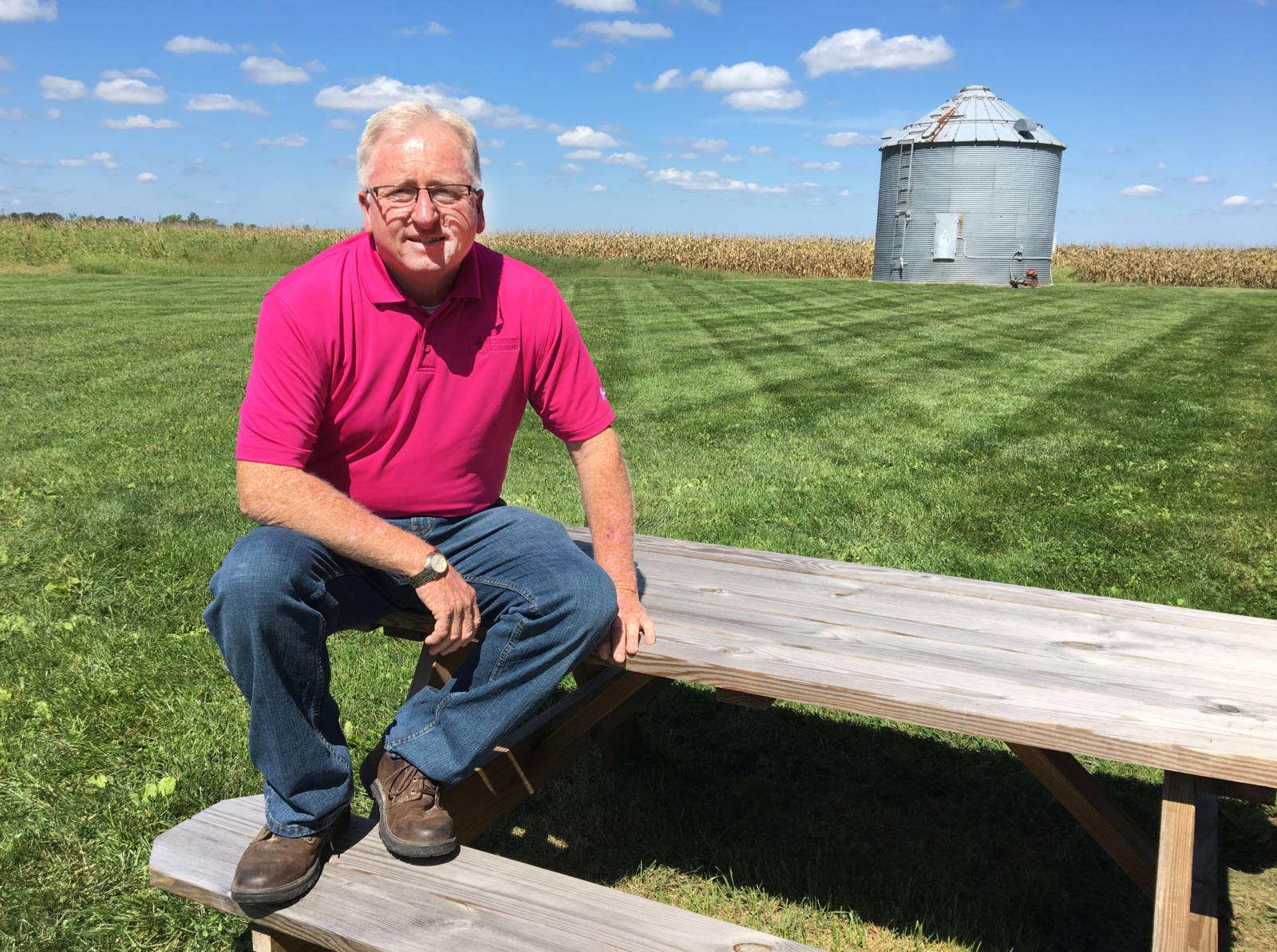
Alpers, who farms with his family near Prairie Home, Missouri planted cereal rye the first year they experimented with cover crops. When it came time to plant, Alpers said they planted green, without killing the cover crop first, into the first couple of fields without any problem. Then, they decided to terminate the rye in one of their fields before planting. Alpers said this caused quite the mess.
“All of that stuff started wrapping when we started planting that field,” he said. “It took us just as long to plant the last 50 acres as it did to plant the first two or three hundred acres. It looked like we ran through a herd of hula dancers, and their skirts were all wrapped around the planter.”
While Alpers described the situation as his biggest learning curve with cover crops, he continued experimenting with the practice until he found the right crop for his farm.
“Several years ago, we started implementing cover crops in our rotation, and tried to figure out the best way to use them to improve soil quality and slow down any erosion that might be encountered,” Alpers said. “We tried some different mixes, but in our location and at our latitude, it seems like cereal rye definitely works the best. It’s the most consistent and has the best root system for what we were wanting.”
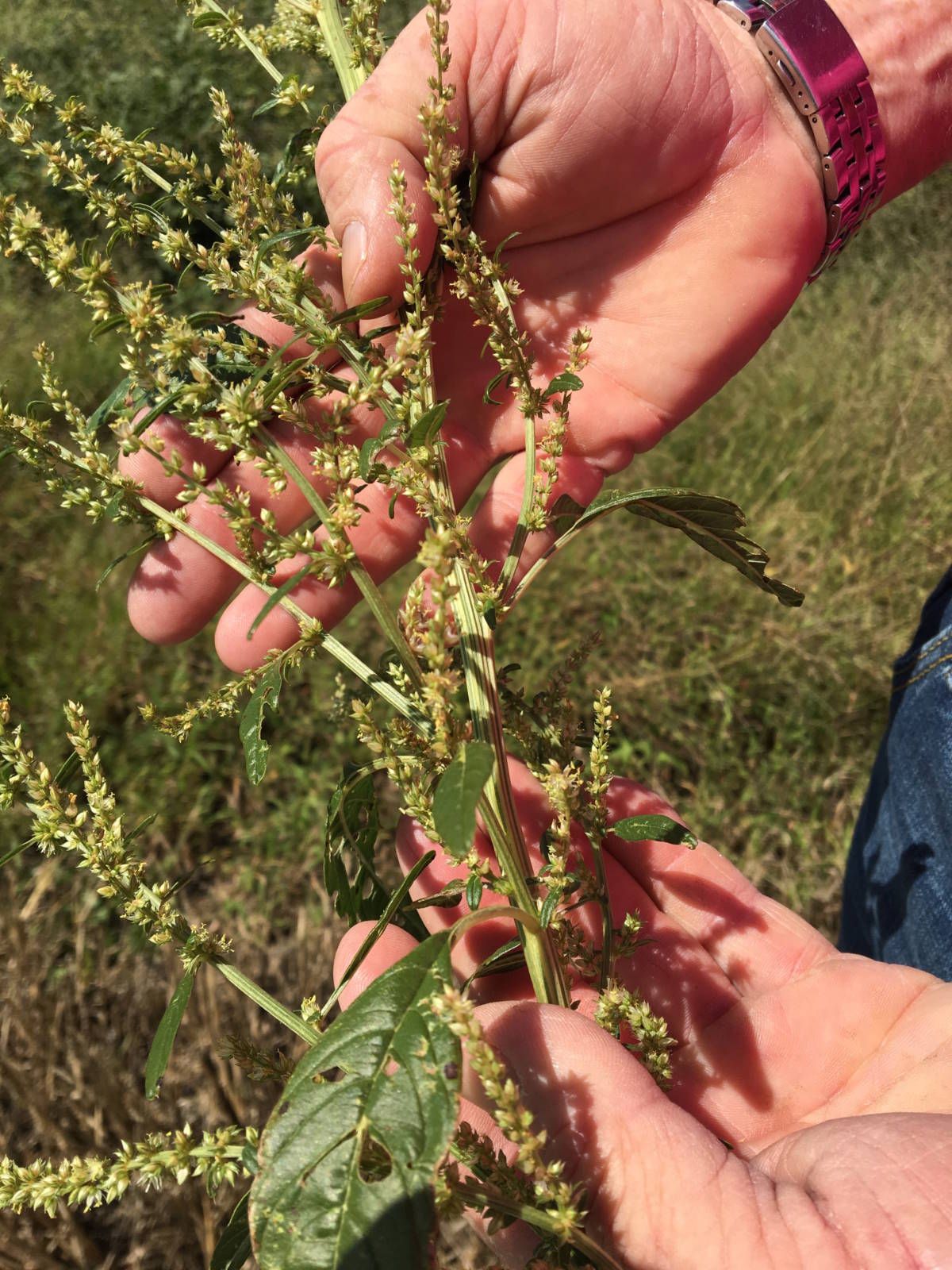
Alpers explained that his father started the farm’s soil conservation regimen 50 years ago with terraces and grass waterways. He added to this routine by implementing minimum till and no-till every time he gets the chance. He also implemented pipe outlets in some of their fields. His use of cover crops has interacted well with these other practices.
“I think one thing that we’ve noticed the most is it has stopped any of the silt from moving,” Alpers said. “It helps us maintain our terraces a lot longer before we have to clean them out. It does the same thing in our grass waterways. Cover crops seem to prolong the useful life of other practices.”
Greg Luce, research director for the Missouri Soybean Association and Missouri Soybean Merchandising Council, said he agrees that soil conservation practices usually fit together.
“It takes a combination of management practices to get to the ultimate goal of preserving the soil from erosion and helping build soil long term,” Luce said.
Although he hasn’t finished harvesting his crops this year, Alpers’ hope is that the covers have also made a yield difference in this year of drought.
“This year, I’m thinking if everything works on paper the way that it should work, the cover crop should have held us a little more moisture,” Alpers said. “We should have kept he ground a few degrees cooler, and we should have grown better beans this year than without the cover crop.”
He’s anxious to see whether his predictions are right.
Kenny Brinker, who farms just east of the town of Auxvasse in Callaway County, Missouri suspects his cover crops have also made a difference in yield.
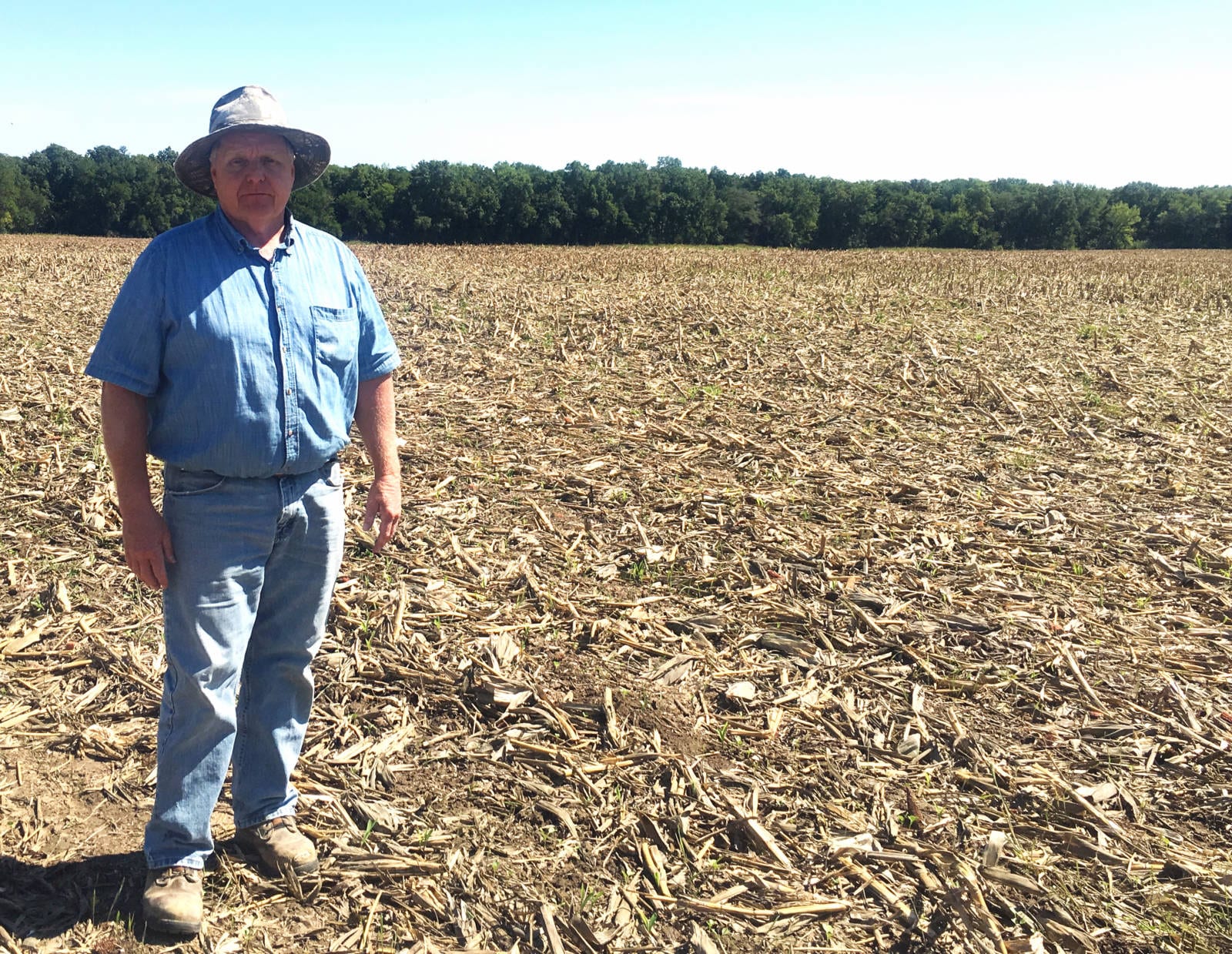
“We’re harvesting right now,” Brinker said. “It was a drought year, but we’ve had agents come out to our farms comment on how much greener our corn stayed compared to other farms in the area.”
Brinker said his observations have hinted at a yield difference during this drought year, in part because of cover crops.
He plants cover crops behind both corn and soybeans on 4,000 acres. Brinker said they identify around 120 acres each year planted in soybeans. They plant cereal rye thicker on these acres with the purpose of harvesting as a grain corp in late June. The seed obtained is then prepared to use the next year or sold locally.
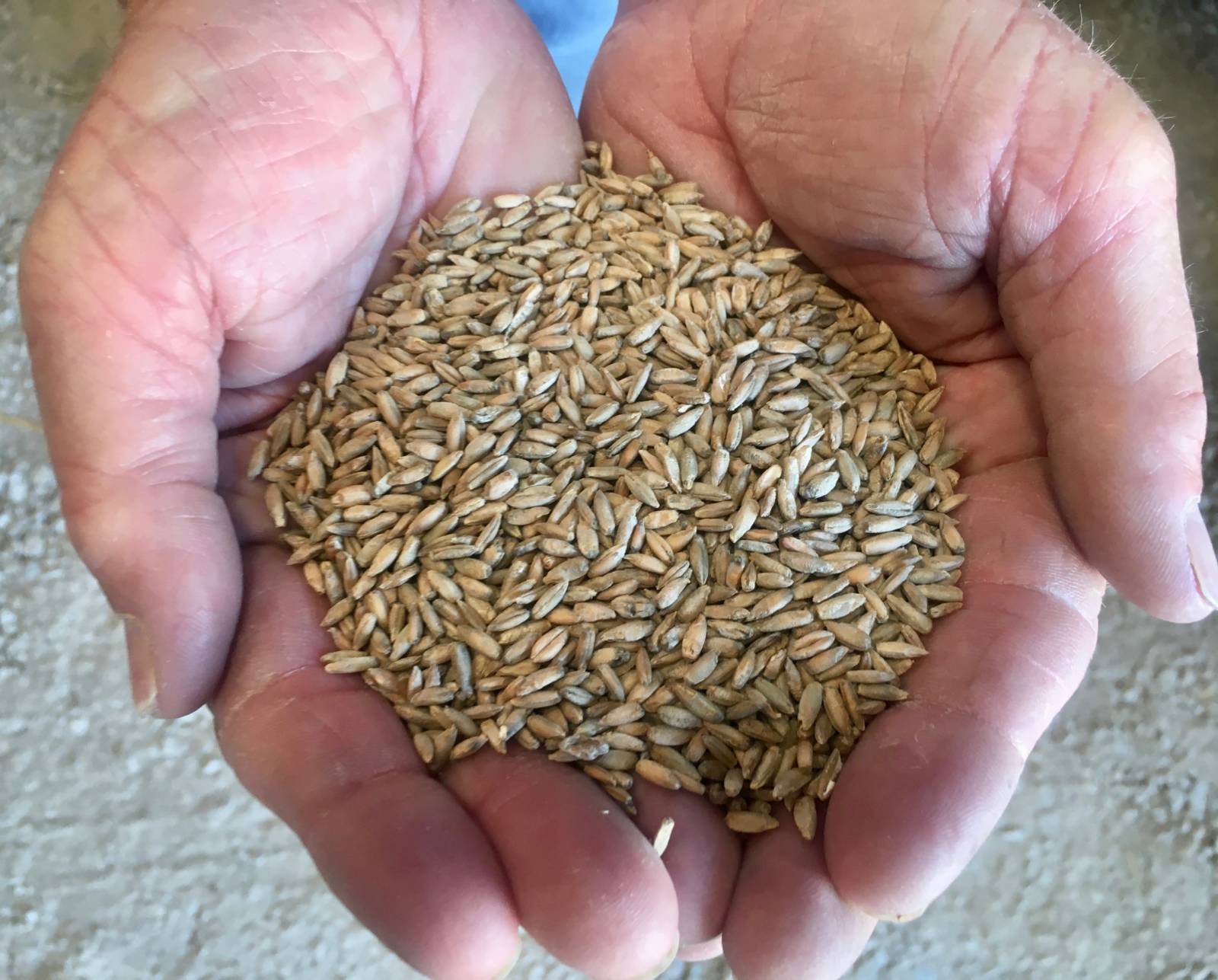
Brinker said they started soil conservation practices as soon as they bought their farm. It started with no-till planting. Then, he began implementing grass waterways and terraces.
Brinker added cover crops to his soil conservation routine about five years ago.
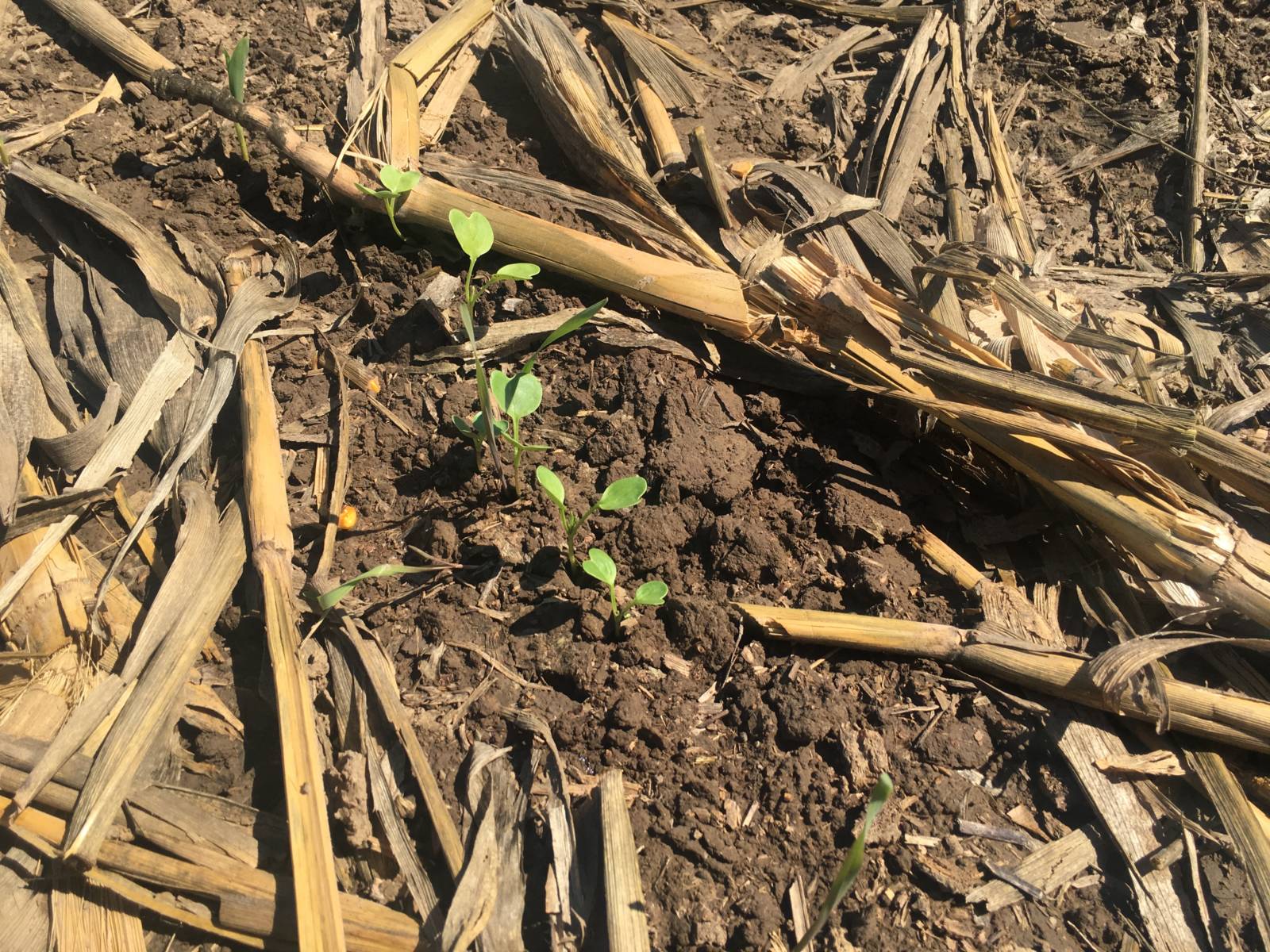
He said the cover crops have added to the soil conservation benefits they are seeing on the farm.
“Cover crops have really cut down on surface and sheet erosion, which you still would have using just other conservation practices like water ways or terraces,” Brinker said. “We’ve taken photos of water running down the road ditch alongside our field. Where the water is exiting our field, you can look about a foot in the water and see the gravel on the bottom.”
He explained that runoff from an adjoining field merges into his at one point in that ditch. You can even see a clear difference in water clarity between the two fields, Brinker said.
Neal Bredehoeft of Bredehoeft Farms in Blackburn said soil conservation has been a priority of their family for generations.
“My dad started installing terraces on the ground back in the 1950s,” Bredehoeft said. “We started with terraces and waterways. Over the years, we have terraced, waterways and tiled all our new fields. Back in the mid-90s we started no-still practices on all of our ground. Then, seven or eight years ago, we started experimenting with cover crops.”
Bredehoeft explained that they mainly use cereal rye following corn. He has also experimented with radishes and winter oats. Although they currently do very little following beans, he said they are looking more into the practice for fall.
“When we first went to cover crops, our first thing was probably to help prevent soil erosion,” he said. “We feel like we do a decent job with our no-till, but this helps a little more to keep dirt and nutrients on the fields where we want them. We also hope it helps increase organic matter.”
In addition to a decrease in field erosion, Bredehoeft said cover crops have also nearly eliminated gully and ditch erosion on his farm.
Another benefit he has noticed is cleaner water leaving the field.
“We have pretty good water infiltration with no-till, but cover crops have increased that infiltration,” Bredehoeft said. “It takes a lot of rain to get water to run. It also doesn’t look like there is as much sediment in the water elating the field, just through observation.”
Linus Rothermich, owner of The Big L Farm in Callaway County, has used no-till planting methods for 10 years. He agreed that adding cover crops to his soil conservation routine has decreased the amount of soil leaving his fields.
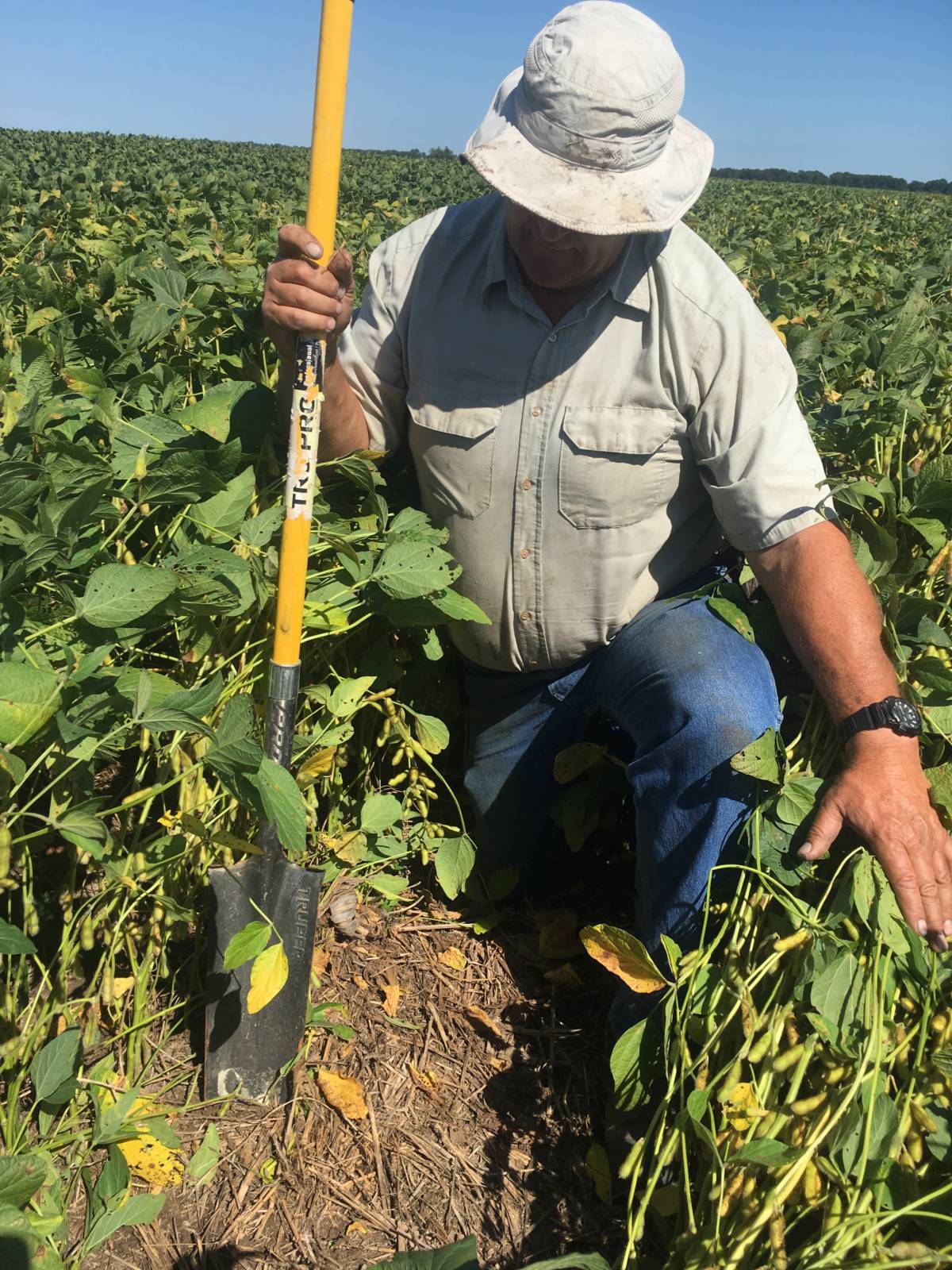
“What I see with my cover crops more than anything, even with us already using no-till, is that cover crops have reduced my soil erosion,” Rothermich said. “We’re down to almost zero erosion. We’re still going to have some soil loss with cover crops, but we’re reducing it so we can maintain our soils for more generations to come.”
He said he has specifically noticed how clear the water leaving his fields has become.
“If we’re having a major rain event, it’s amazing to see clear water run out of the fields,” he said. “I know the soil is staying out in the field, then.”
Rothermich’s main cover crops include rye and winter hairy vetch. He said he also throws radishes and oats into the mix occasionally. In addition to planting covers for the soil conservation benefits, Rothermich also grows cereal rye, winter hairy vetch and Japanese millet for seed.
Management has changed on Rothermich’s farm since the implementation of covers, he said.
“There’s more worrying stress on the manager here,” he explained. “The first year I planted the whole farm in cover crops, I was constantly worried about whether I should spray or not spray and plant or not plant.”
After his first experiences with covers, Rothermich suggested that farmers who are considering adding cover crops to their soil conservation regimen first set up a management plan and think through what they’ll do with the practice.
Bredehoeft echoes that advice to set up a plan, and suggests growers try covers on a few acres at first.
“At first, we tried it on a couple of farms,” he said. “You can tell from there if it’s something that will work for you.”
He also advised talking to other farmers who have used cover crops for a number of years.
“There is always something to learn from other producers,” Bredehoeft said.
Brinker agreed and added that a positive attitude has made his cover crop experience a positive one.
“Don’t be discouraged the fist time you try,” Brinker said. “You may have a setback or two. We screwed up on several attempts, but we’ve learned from it.”
Thinking back to his hula skirt mishap, Alpers agreed that there is usually a learning curve, so it’s best for producers to think small at first.
“If you haven’t done any, start slow, because you will make mistakes,” he advised. “We have made several, but we’re learning from those mistakes. Make cover crops a part of your system, not just a hit or miss. You have to give them some time, it will work.”
